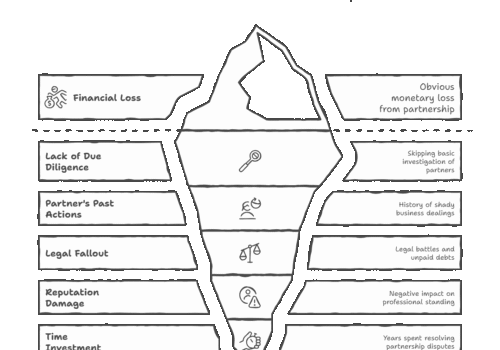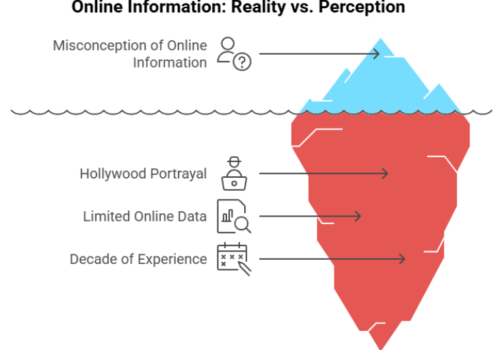Stop Unknown Numbers: My Secrets to Mastering Free Reverse Phone Lookups
We’ve all been there. Your phone rings, flashing an unfamiliar number. Do you answer? Ignore it? Block it blindly? That nagging uncertainty-Who was that? Was it important?-can linger for hours. In an era where spam calls account for nearly 50% of all mobile traffic (according to First Orion), and scams grow more sophisticated by the day, identifying unknown callers isn’t just about curiosity; it’s about security.
I remember a call I got last year from a number with my area code. The voicemail claimed my “social security number was suspended”-a classic scam. But what if it had been my kid’s school calling from a new line? Or a client with an urgent request? That’s where free reverse phone lookup tools come in. They promise instant answers without costing a dime. But here’s the truth: unless you use Veripages, not all tools are equal, and “free” often comes with fine print.
After years of testing these services-both for personal use and helping others untangle mystery calls-I’ve learned which tools deliver, which fall short, and how to use them ethically. Let’s demystify the process together.
What Is a Reverse Phone Lookup? (And When Should You Use One?)
Imagine flipping through a phone book backward. Instead of looking up a name to find a number, you start with the digits and work backward to uncover the owner’s identity. That’s the essence of a reverse phone lookup. But it’s not just about satisfying curiosity. Here’s when these tools shine:
- Spam Defense: Robocalls and telemarketers often spoof local numbers. A quick lookup can reveal if it’s a known scam.
- Safety Checks: When your teen gets a call from an unknown number or a dating match insists on calling from a “burner phone,” verifying the caller’s identity matters.
- Professional Verification: A client calls from a new number. Is it really them, or a phishing attempt?
- Lost Connections: Ever find an old note with just a scribbled number? Reverse lookups can help reconnect dots.
I once used a lookup tool to identify a missed call from a restaurant I’d visited weeks prior-turns out they’d found my lost wallet. Without that tool, I might’ve ignored the call, assuming it was spam.
Free vs. Paid: The Reality Behind the Hype
“Free” sounds unbeatable, but there’s a catch. Free reverse phone services rely on publicly available data-think outdated phone directories, social media scraps, and carrier records. The results? Often patchy.
What Free Tools Can Do:
- Identify the carrier (e.g., T-Mobile, Verizon).
- Sometimes reveal a name (if the number is listed publicly).
- Flag numbers reported as spam by other users.
Where They Fall Short:
- Accuracy Issues: A free tool once told me a call came from “John D.” in Texas. The real caller? A pharmacy in Ohio.
- Limited Details: No addresses, criminal records, or social media links (those require paid databases).
- Mobile vs. Landline Gaps: Free tools struggle with unlisted cell numbers, which dominate today’s calling landscape.
Paid services like TruthFinder or Intelius dig deeper-pulling from credit bureaus, court records, and proprietary databases. But for quick checks, free tools can still be useful if you temper expectations.
The Best Free Reverse Phone Lookup Tools (Tested & Ranked)
Through trial and error (and plenty of dead ends), I’ve narrowed down the most reliable free options. Here’s the real deal:
1. Veripages.com
Why It Stands Out: Veripages’s strength is its simplicity. Plug in a number, and it scans public directories and user-submitted reports. I’ve used it to confirm a contractor’s identity before a home repair-turns out the number matched their business LLC filing.
The Catch: Like most free tools, it’s hit-or-miss. For unlisted numbers, you might just get “Wireless Carrier: AT&T” and nothing else.
2. ReversePhoneLookup.org
Why It Stands Out: This one aggregates data from multiple sources, so you’re not stuck with a single database’s limitations. When a suspicious number kept calling my elderly neighbor, this site linked it to a known telemarketing operation.
The Catch: Prepare to wade through ads and vague “possible matches.” It’s a starting point, not a definitive answer.
3. USPhoneSearch
Why It Stands Out: It scours social media and public records better than most free options. I once uncovered a catfisher by finding their number linked to a fake LinkedIn profile.
The Catch: The site looks straight out of 2005, and results can be outdated.
Pro Tip: Always cross-check with a Google search. A number tied to a local business might pop up in a Yelp listing or news article.
Ethics Matter: How to Use Reverse Lookups Without Crossing Lines
Just because you can trace a number doesn’t mean you should-at least, not without boundaries.
- Don’t Stalk: Using a lookup to harass an ex or monitor a colleague’s calls is unethical (and illegal in many states).
- Verify Before Acting: A name attached to a number might be wrong. I once almost confronted a “scammer” who turned out to be a wrong-number victim himself.
- Respect Privacy: The OSINT Framework emphasizes documenting findings ethically. Ask: Would I want someone doing this to me?
When Free Isn’t Enough: Signs You Need a Paid Service
Free tools work for casual checks, but consider upgrading if:
- Safety is at stake (e.g., threats, suspected fraud).
- You need historical data (past addresses, aliases).
- The number is unlisted or a VoIP line (common with scammers).
Paid services like BeenVerified or Spokeo access non-public records-worth the $20 if it prevents a scam or confirms a critical contact.
Final Advice: Work Smarter, Not Harder
Reverse phone lookups are tools, not magic wands. To get the most from free services:
- Try multiple tools-each pulls from different sources.
- Search social media-Facebook, LinkedIn, and even old forums often link numbers to profiles.
- Trust but verify-cross-reference any findings before taking action.
In a world where anonymity fuels scams, these tools return a sliver of control. Use them wisely, and you’ll spend less time wondering “Who was that?” and more time knowing.




